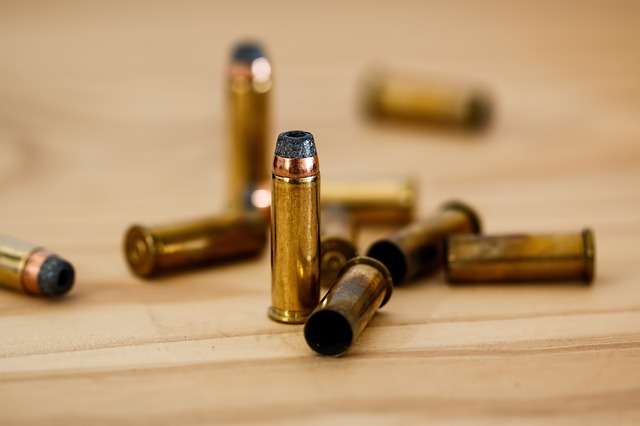When choosing a concealed carry sidearm, there’s a bit of debate looming over which caliber has the best “stopping power”. As previously discussed in an earlier article, the myth of “stopping power” is just that – a myth. While undoubtedly a .45 caliber bullet will displace more soft tissue than a 9mm, both can be equally fatal.
Here are some major considerations when looking at caliber for concealed carry pistols:
Magazine capacity for CCW
Are you the type of person who always carries a spare magazine? If you are – caliber can be largely irrelevant. However, if you’re not – then size does matter. Namely whether or not your preferred carry choice is a full size, compact, or sub-compact. Each situation dictates a slightly different model. In warmer weather, it’s easier to conceal a sub-compact than a full size pistol. With the right inside the waistband concealed carry holster, nearly any pistol can be camouflaged well enough on the body.
With smaller sub-compacts – like the new Glock 43 – caliber selection begins to come front and center. For a 9mm, most sub-compacts average in the “6+1” variety for magazine capacity. When it comes to the larger .40 S&W, magazine capacity drops capriciously. It’s common to get down to the “5+1” and lower.
CCW comfort level and training
It comes down to comfort level with the ammunition and how often a person trains in a specific caliber. Smaller pistols in a higher caliber generally have more kick back. If that’s what a CCW permit holder uses regularly in training – not a problem. If, however, a person is used to their 1911 .45 ACP and then slides down to a XD® MOD.2™ – 3.3″ Sub-Compact Model .45ACP for warmer weather, there may be a slight issue.
Fight sustainability – 9mm, .40 S&W, or .45 ACP
Why do we put on our concealed carry pistols?
Because we all know intrinsically there may come a time where we have to use them to defend our lives. When it comes to caliber selection, a big consideration is which one promotes fight sustainability.
When dealing with one or more armed combatants, the first person who runs out of ammunition arguably loses the fight. In the hectic environment of combat, tensions are high and people are prone to fire faster and with far less accuracy. It’s one of the reasons that the Government Accountability Office regularly showcases how many rounds of ammunition the U.S. military and law enforcement have to expend in order to get an effective result.
So, this is far from made up. It’s not the number of bullets or the caliber – it’s the ability to stay in the fight until help arrives or the situation is resolved. It’s also a great reason that no matter which caliber your preferred CCW pistol is in – it’s always a good idea to carry one or more spare magazines.
Are You a CCW Pistol or Revolver Type of Carrier?
While it sounds simple on the surface, revolvers are generally more reliable but have a slower rate of fire and longer reload times than their sub-compact pistol counterparts. When it comes to putting that sub-compact into a concealed holster, there’s a bit more security in knowing it can put all its rounds down range with tight precision and accuracy. Revolvers require a bit more time. More importantly, traditional revolvers usually come chambered in .38 special or .357 – two very excellent types of ammunition but not at all ideal if the CCW holder isn’t used to training with them.
If it’s a revolver you train with for CCW, use a revolver. If not – stick to pistols.
Do you have a preferred caliber for CCW? Tell us about it (and your rationale, if you’d like) in the comments section below.
James England
